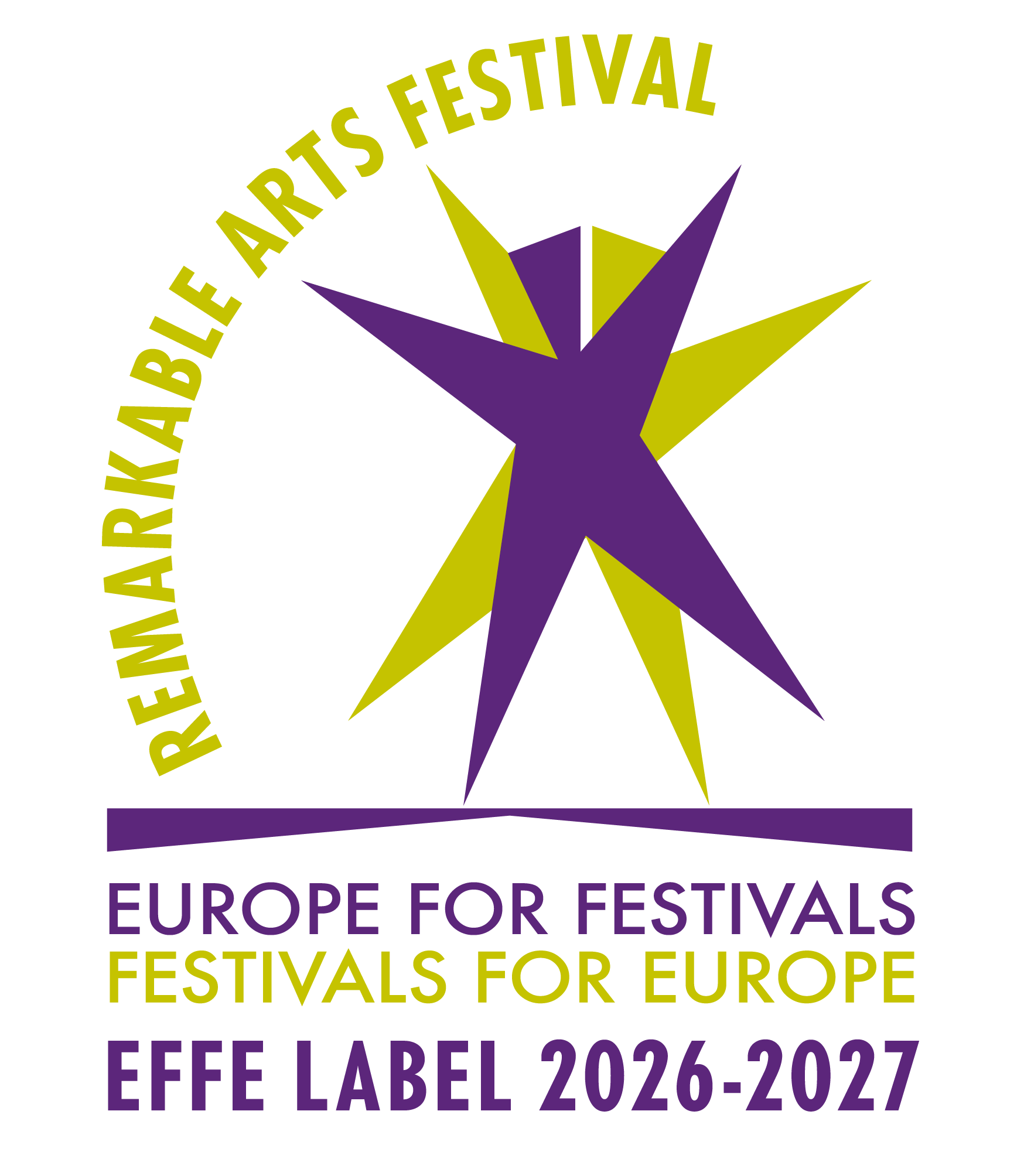East – Innovation and technology
CRISOL – creative processes | Project | Schedule | Videos | Africa – Community | East Mediterranean – Tradition and digital realities | East Asia – Form and tradition | Participants | Italian partners | International partners
The East itinerary, at this first stage, involved the Italian dancers/choreographers Stefania Tansini and Arabella Scalisi and the Indian dancer Anindita Gosh, together with Hemabharthy Palany and other Indian dancers in the presence of Jayachandram Palazhy (Attakkalari Centre for Movement Arts) as tutor, in the process of exchanging reflections, images, sound and visual samples, and movement and dramaturgy elements that will form a storyboard and a moodboard for future co-creation.
The online work done with Jaychandran Palazhy and the dancers involved in the project focused on the creation of choreographic sequences springing from personal emotional memories, connected to the sensations and moods of a home-place, intimate and personal. The work carried out individually by the two Italian artists also had the benefit of the contribution of two internal tutors: Stefania Tansini was followed by Luca Ricci (Kilowatt), Arabella Scalisi by Giuseppe Muscarello (Muxarte).
The initial guideline was the juxtaposition and dialogue that could be created between an open-air public space and a domestic place, an inner, individual space. To this was added reflection on concepts of public and private identity and on the relation, in the pandemic era, between physical distance and the use of the new technological media.
How can we stay within ourselves while at the same time opening out to the world?
How can we embody the experience and the memory of a landscape while staying in our own room?
The union of different cultures and backgrounds has created ground for investigation where, simply, different people meet and share their experience. As Jaychandran Palazhy said during one of the work sessions, “People find themselves living in the same building but they don’t know each other. They live in the same block of flats yet are linked to one another solely by circumstances, by the situation of being and living in the same place”.
For the creation of the choreographic sequences each artist chose gestures, images, situations, deriving from diverse sources (photos, personal memories, pictures etc.) and linked them together. The composition had to deal with the variation in dynamics, the use of space levels, the energy of the gesture. A sort of self-portrait reflecting certain life experiences of each person, dynamically, fluidly, densely and continuously. The compositions were to contain the sense of travelling. A journey through bodily geometries to reflect emotions. A reflective, solitary itinerary, a choreographic structure featuring a link to the person.
After this, each artist showed and shared with the others his/her own sequence. Each studied and learnt the sequences of the others, under Jaychandran Palazhy’s tutoring. He intervened and modified the choreographic material if he thought necessary.
Therefore a union of different experiences was created, through movement, a network of movements and sequences, geometries and dynamics, opening up a number of imaginaries.
The second stage of the itinerary leading to the final co-creation will be held – if the international situation allows – in 2021 with in-person activity in Bangalore, activity centring not only on the choreographic dimension, but also on the technological experimentation part.



